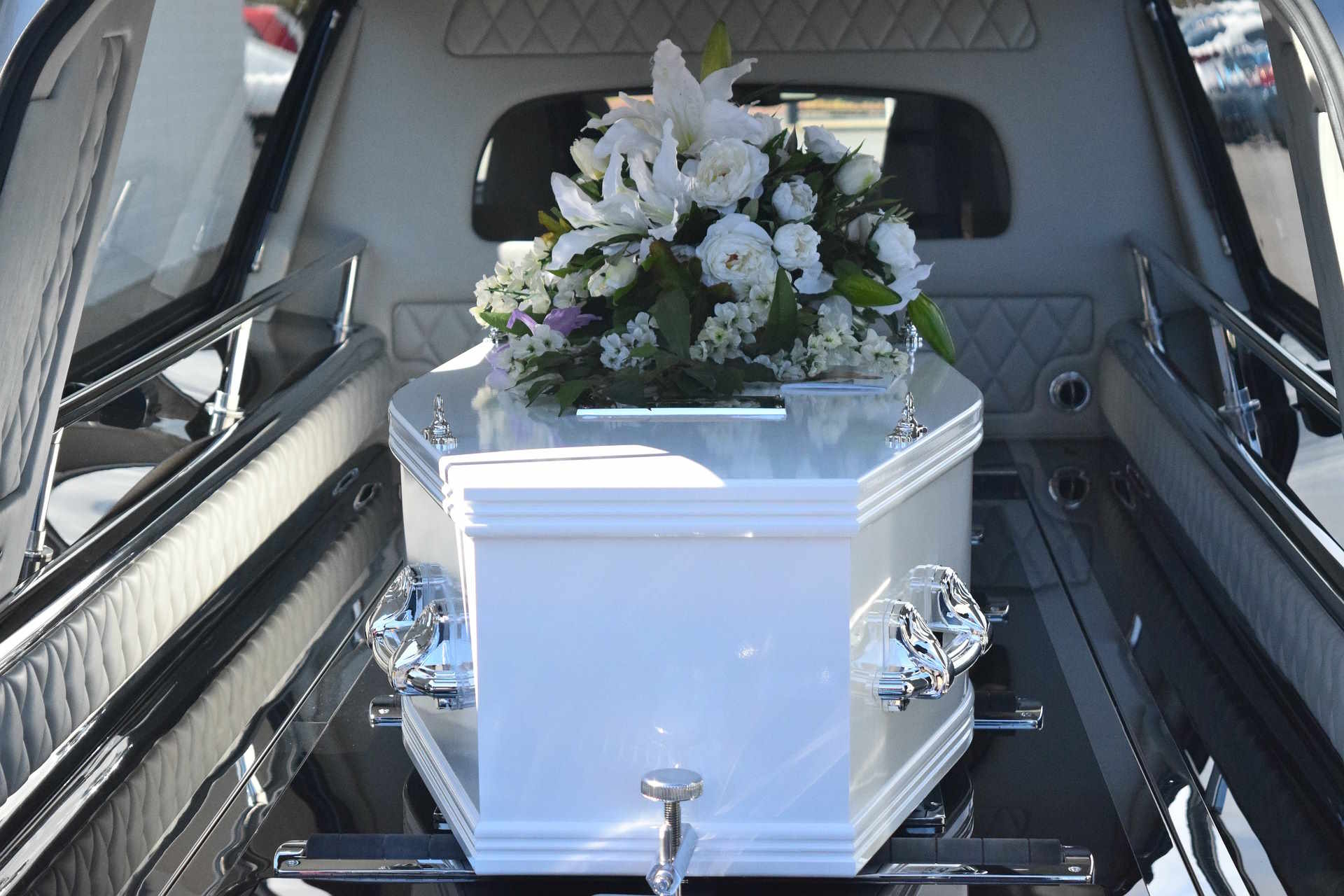The Truth About Cremation in 2025: Process and Costs
Cremation has become an increasingly chosen option in 2025, but many still don’t fully understand how the process works or what’s actually involved. From preparation to final memorial choices, today’s cremation services offer more flexibility than ever. Here’s what families need to know before making this important decision.

What is the Cremation Process Explained: Step by Step in 2025?
The cremation process in 2025 remains fundamentally similar to previous years, with some technological advancements improving efficiency and environmental impact. The process typically begins with the identification of the deceased and obtaining necessary permits. The body is then prepared and placed in a cremation container or casket.
The actual cremation takes place in a specially designed furnace called a retort. Temperatures reach between 1,400 and 1,800 degrees Fahrenheit, reducing the body to bone fragments. These fragments are then processed into a fine, sand-like consistency, which is what families receive as “ashes.”
In 2025, many crematoriums have implemented more eco-friendly practices, such as using energy-efficient retorts and filtration systems to reduce emissions. Some facilities also offer water cremation, also known as alkaline hydrolysis, as a greener alternative to traditional flame-based cremation.
What are the Modern Cremation Options and Urn Selection?
As cremation becomes more commonplace, the range of options available to families has expanded. In 2025, there are numerous choices for both the cremation process and the handling of remains.
Traditional cremation remains the most common option, but alternatives like water cremation are gaining popularity due to their reduced environmental impact. Some facilities offer witnessed cremations, allowing family members to be present during the process.
Urn selection has also evolved, with a wide array of styles, materials, and purposes available. Traditional decorative urns remain popular, but there’s a growing trend toward eco-friendly options such as biodegradable urns for scattering or burial. Some families choose to divide ashes among multiple keepsake urns or incorporate them into memorial jewelry.
Innovative options in 2025 include urns with digital memorials, allowing families to access photos, videos, and stories about their loved one through QR codes or embedded technology.
What Families Should Know About Cremation Planning?
Planning for cremation involves several important considerations. Families should start by discussing their loved one’s wishes and any pre-arrangements that may have been made. It’s crucial to choose a reputable cremation provider and understand the services included in their packages.
Key decisions include:
-
Whether to have a viewing or funeral service before cremation
-
Choosing between direct cremation or a more traditional service
-
Selecting an urn or alternative container for the ashes
-
Deciding on the final disposition of the ashes (scattering, burial, or keeping at home)
In 2025, many cremation providers offer online planning tools and virtual consultations to make the process more accessible and less stressful for families. It’s also important to be aware of any legal requirements in your area regarding cremation and the handling of remains.
How Long Does Cremation Take and What’s Returned?
The actual cremation process typically takes 2 to 3 hours, depending on factors such as body size and the type of container used. However, the entire process from death to the return of ashes to the family can take several days to a week.
Factors affecting the timeline include:
-
Obtaining necessary permits and authorizations
-
Scheduling at the crematorium
-
Any viewing or services held beforehand
-
Processing of the cremated remains
What’s returned to the family are the processed cremated remains, often referred to as “ashes.” These typically weigh between 3 to 7 pounds for an adult and are usually a light grey or white color. The ashes are placed in a temporary container or the urn selected by the family.
What are the Cremation Costs and Provider Comparison?
Cremation costs can vary significantly based on location, services chosen, and the provider. Generally, cremation is less expensive than traditional burial, but prices have seen some increases due to inflation and technological advancements.
| Provider | Basic Cremation | Full Service Cremation | Eco-Friendly Options |
|---|---|---|---|
| National Cremation Society | $1,500 - $2,000 | $3,500 - $4,500 | $2,500 - $3,500 |
| Neptune Society | $1,800 - $2,300 | $4,000 - $5,000 | $3,000 - $4,000 |
| Local Funeral Homes (Average) | $1,200 - $1,800 | $3,000 - $4,000 | $2,000 - $3,000 |
| Green Cremation Texas | $1,300 - $1,800 | $3,200 - $4,200 | $2,200 - $3,200 |
Prices, rates, or cost estimates mentioned in this article are based on the latest available information but may change over time. Independent research is advised before making financial decisions.
Basic cremation, also known as direct cremation, is typically the most affordable option, ranging from $1,200 to $2,300. This includes the cremation process, a simple container, and return of the ashes to the family.
Full service cremation, which may include a viewing, funeral service, and more elaborate urn, can range from $3,000 to $5,000 or more. Eco-friendly options, such as water cremation or green cremation packages, often fall in between these price points.
When comparing providers, consider not only the cost but also the range of services offered, the facility’s reputation, and their ability to meet your specific needs and preferences. Many providers in 2025 offer package deals that can provide better value for families looking for multiple services.
In conclusion, cremation in 2025 offers a range of options to suit different preferences and budgets. By understanding the process, available choices, and associated costs, families can make informed decisions during a difficult time. As cremation continues to evolve, it’s likely that we’ll see even more innovative and personalized options in the future, further cementing its place as a popular choice for end-of-life arrangements.




